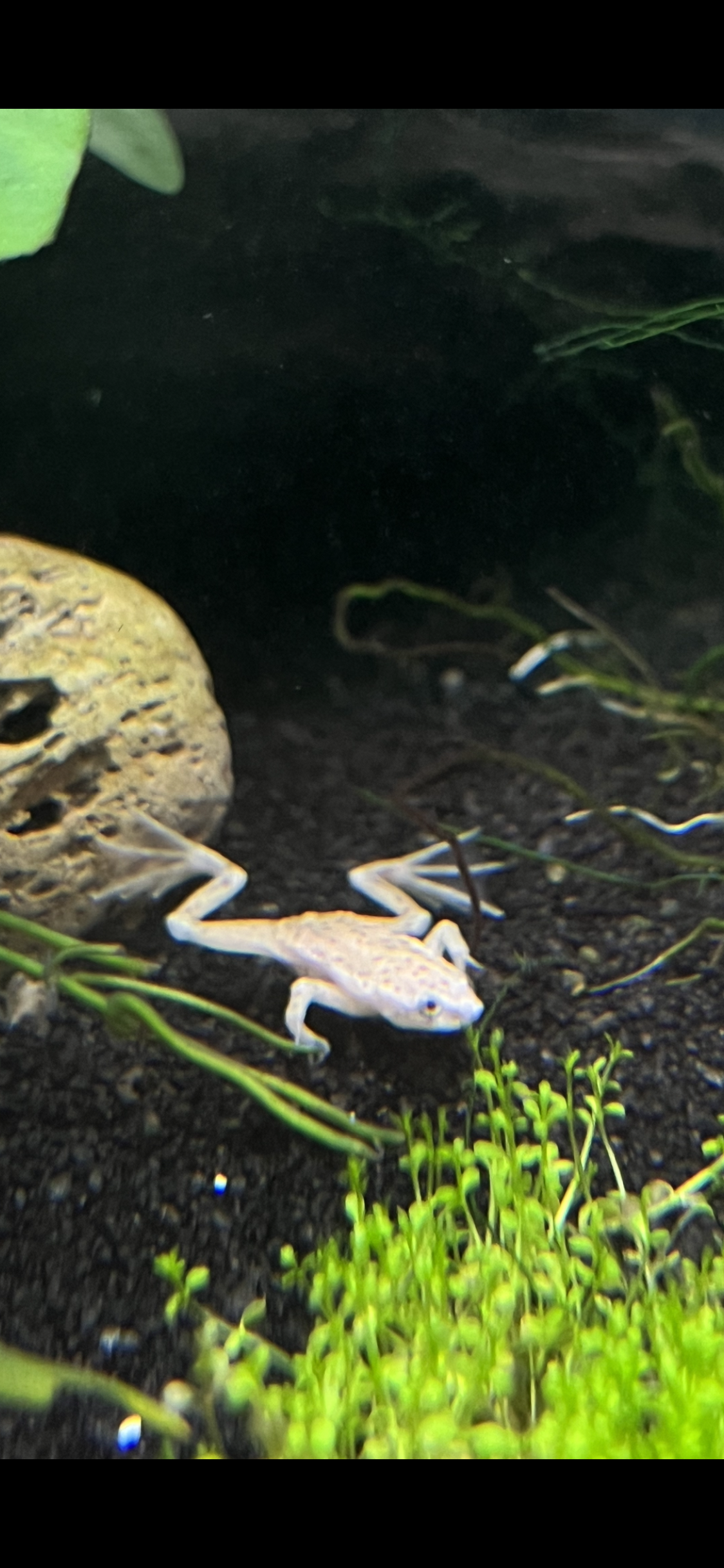YoCamron’s Aquatics
African Dwarf Frogs (Blonde or Grey)
African Dwarf Frogs (Blonde or Grey)
Couldn't load pickup availability
Important Buyer Information:
At YoCamron’s Aquatics, all our livestock undergo a thorough 10-week quarantine to ensure they arrive in optimal health. Please contact us before purchasing to confirm availability and receive updates during the quarantine process. Our guarantee for live arrival applies only to shipments delivered through UPS early AM service.
Please note, livestock purchased directly from our wholesaler is ONLY covered by a 2-hour live arrival guarantee under our DOA (Dead On Arrival) terms.
For more details, please reach out to us directly. We're dedicated to ensuring the best for our customers and their aquatic environments.
---
African Dwarf Frogs for Sale:
Delight in the charming presence of African Dwarf Frogs, a perfect addition to any peaceful freshwater aquarium. These small, fully aquatic frogs are known for their playful behavior and ease of care, making them ideal for both novice and experienced aquarists.
At YoCamron’s Aquatics, we offer African Dwarf Frogs in two striking color variations: the classic gray and the rare blonde. Both varieties thrive in well-maintained aquarium setups that mimic their natural habitat.
Care Requirements:
- Aquarium Size: Minimum of 10 gallons to provide ample swimming and hiding space.
- Water Conditions: Keep the water clean and well-filtered with a temperature maintained between 72-78°F and a pH of 6.5-7.5.
- Tank Setup: Provide a lid to prevent escapes, as these frogs are known to jump. The tank should have a gentle filtration system to avoid strong currents.
- Diet: Feed a varied diet consisting of frozen or live foods such as bloodworms, brine shrimp, or daphnia.
These social creatures do best in groups and can be kept with other peaceful and small fish species. African Dwarf Frogs are mostly bottom dwellers but will swim to the surface to breathe air due to their lungs.
Choose YoCamron’s Aquatics for your African Dwarf Frogs and enjoy the beauty and tranquility they bring to your aquatic environment, backed by our comprehensive care and expertise.
Share


